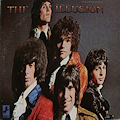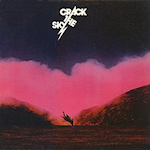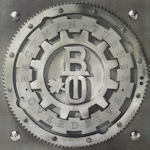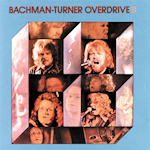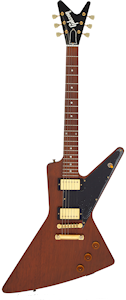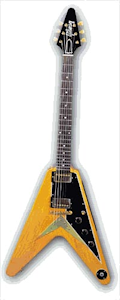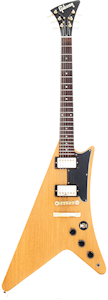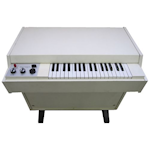
The Mellotron is an electronic musical instrument that was invented in England in the 1960s. It is an early example of a sampler, which means that it is capable of playing back pre-recorded sounds, or "samples", at different pitches and speeds to create musical melodies.
The Mellotron works by using a set of tape loops for each note on its keyboard. When a key is pressed, the tape loop for that note is played back, producing a sound that corresponds to the instrument or sound effect that was recorded on the tape. The tape loops are designed to be interchangeable, so the Mellotron can be used to emulate a wide variety of instruments, such as strings, flutes, brass, and choir voices.
The typical model Mellotron has a small keyboard spanning three octaves. A control pad at the left of the keyboard allows adjustment of volume, tone, and pitch as well as selection of available instrument sounds. More advanced models may have additional controls and/or a second keyboard.
The Mellotron was popularized in the late 1960s and early 1970s by progressive rock bands such as King Crimson, The Moody Blues, and Genesis, among others. Its distinctive sound, which is characterized by a slightly grainy and lo-fi quality, has been used in countless recordings over the years, and it continues to be used by musicians and producers today.
While the Mellotron was eventually surpassed by more advanced sampling technology, it remains a beloved instrument among musicians and collectors, and vintage Mellotrons are highly sought-after by enthusiasts.

